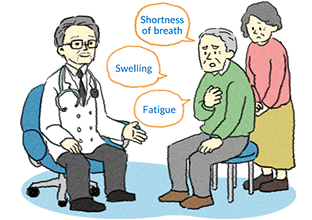How is Heart Failure Diagnosed and Evaluated?
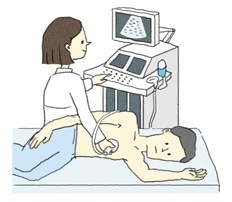

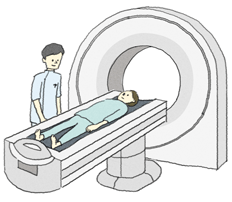
Diagnosis of Heart Failure
In order to assess the severity of heart failure, it is important to evaluate the degree to which the damaged heart is affecting the body as a whole, while at the same time evaluating any abnormalities in the functions and structure of the heart itself.
It is usually possible to evaluate structural and functional abnormality with an echocardiogram, but a BNP test or cardiac MRI may be performed for a more precise evaluation.
Also, in order to check how well the heart, lungs and muscles are working, a CPX (cardiopulmonary exercise test) may be carried out, which takes into account a patient's subjective symptoms and 6 minutes of walking to assess their tolerance for physical activity.
Echocardiogram
This is the most effective test for causal diagnosis and assessment of the severity of heart failure. The information obtained through echocardiograms* varies widely.
- *Left ventricular function/size, right ventricular function/size, left atrial volume, systolic/diastolic function, the presence or absence of pericardial disease/pericardial effusion, valve regurgitation/valve stenosis, estimated right atrial pressure, estimated pulmonary artery systolic pressure, estimated left atrial pressure, asynchronous heart failure
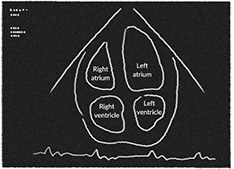
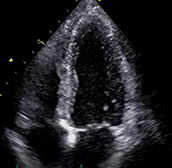
Evaluating the Severity of Heart Failure
The severity of heart failure is evaluated using NHYA classification (assessment based on the degree of subjective symptoms) or ACC/AHA classification (staging classification of heart failure such as that used in the evaluation of cancer).








